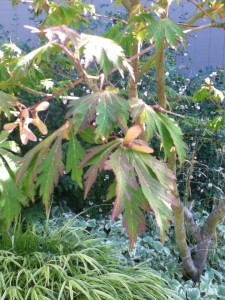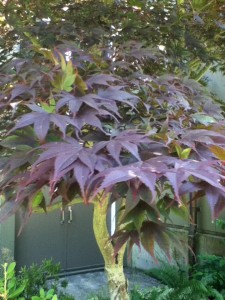Genus: Acer
Family: Aceraceae
Maples are deciduous, broadleaved plants that range from shrubs to large trees. Most have palmate leaves and winged seeds known as “samaras.”
There are more than 100 different species of maples, and you can find 11 of them represented on the Reed campus, including Vine Maple and Bigleaf Maple, which are both native to Oregon.
Bigleaf Maple
Scientific name: Acer macrophyllum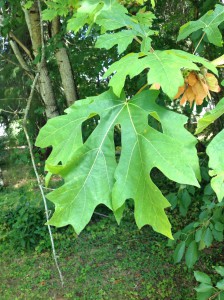
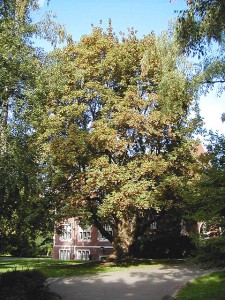 Also known as the Oregon Maple, it has the largest leaves (15 inches across) of all maples. It is abundant in western Oregon and is distinguished by its beautiful autumn colors of yellow, gold, and copper. It can become a massive, beautiful tree, with nice spring blossoms.
Also known as the Oregon Maple, it has the largest leaves (15 inches across) of all maples. It is abundant in western Oregon and is distinguished by its beautiful autumn colors of yellow, gold, and copper. It can become a massive, beautiful tree, with nice spring blossoms.
View tree page and map.David’s Maple
Scientific name: Acer davidii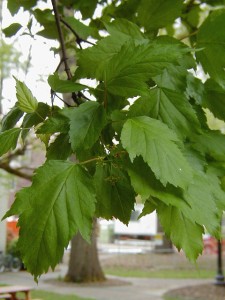
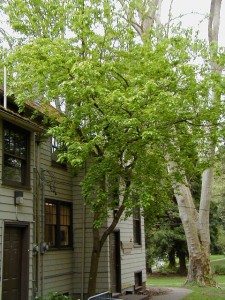 David's Maple is an unusual ornamental tree that is native to central China. The leaves are oval-shaped (similar to the leaves of an alder) and the bark is shiny green.
David's Maple is an unusual ornamental tree that is native to central China. The leaves are oval-shaped (similar to the leaves of an alder) and the bark is shiny green.
View tree page and map.Fullmoon Maple
Scientific name: Acer japonicumHedge Maple
Scientific name: Acer campestre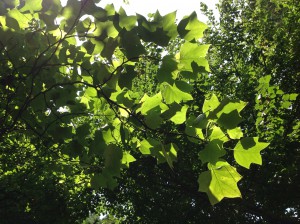 A deciduous tree, it is slow growing to 70 feet, but more often found at about 30 feet. Leaves are 3-5 lobed, 2-4 inches wide, dull green above, and they turn yellow in the fall. A good street tree that adapts well to drought, it is a native of Europe and western Asia.
A deciduous tree, it is slow growing to 70 feet, but more often found at about 30 feet. Leaves are 3-5 lobed, 2-4 inches wide, dull green above, and they turn yellow in the fall. A good street tree that adapts well to drought, it is a native of Europe and western Asia.
View tree page and map.Japanese Maple
Scientific name: Acer palmatum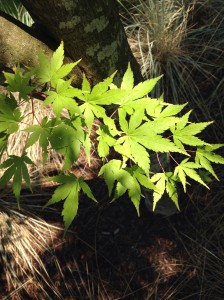
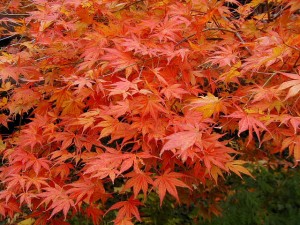 These are small trees and shrubs from Japan and Korea. The foliage is brightly colored and the leaves are deeply cut with long serrated lobes.
(Most Japanese maples are too small to be shown on our maps, but they're a common shrub around campus.)
These are small trees and shrubs from Japan and Korea. The foliage is brightly colored and the leaves are deeply cut with long serrated lobes.
(Most Japanese maples are too small to be shown on our maps, but they're a common shrub around campus.)
View tree page and map.Norway Maple
Scientific name: Acer platanoides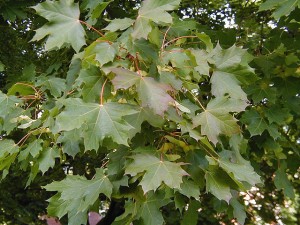
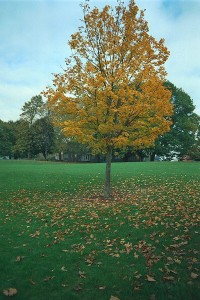 A deciduous tree native to Europe and the Near East, it has dense foliage and reaches to 60-70 feet. Leaves are 5-lobed, 3-5 inches wide, and are deep green. They turn a bright yellow in the fall, and showy clusters of small, greenish-yellow flowers appear in early spring. This tree is very common on the Reed campus.
A deciduous tree native to Europe and the Near East, it has dense foliage and reaches to 60-70 feet. Leaves are 5-lobed, 3-5 inches wide, and are deep green. They turn a bright yellow in the fall, and showy clusters of small, greenish-yellow flowers appear in early spring. This tree is very common on the Reed campus.
View tree page and map.Paperbark Maple
Scientific name: Acer griseum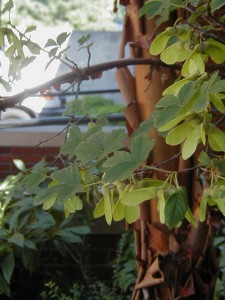
 Another ornamental maple from China, the paperbark maple gets its name from the thin red bark that peels away from the trunk in sheets. It has showy winged seeds (samaras) and bright red foliage.
Another ornamental maple from China, the paperbark maple gets its name from the thin red bark that peels away from the trunk in sheets. It has showy winged seeds (samaras) and bright red foliage.
View tree page and map.Red Japanese Maple
Scientific name: Acer palmatum 'Bloodgood'Red Maple
Scientific name: Acer rubrum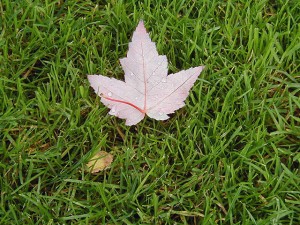
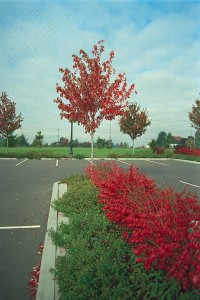 A deciduous tree that is native to the eastern U.S. but very popular in the Pacific Northwest, it is fast growing and can reach a height of 120 feet in the wild. It displays small, attractive red flowers that bloom before the leaves appear.
The Red Sunset Maple, a cultivar noted for its bright red leaves in the fall, is pyramidal in shape and often grows to 60 feet in height. The leaves are 3-lobed, with short, broad lobes 2-6 inches long. This tree is widely planted in the parking lots on campus.
A deciduous tree that is native to the eastern U.S. but very popular in the Pacific Northwest, it is fast growing and can reach a height of 120 feet in the wild. It displays small, attractive red flowers that bloom before the leaves appear.
The Red Sunset Maple, a cultivar noted for its bright red leaves in the fall, is pyramidal in shape and often grows to 60 feet in height. The leaves are 3-lobed, with short, broad lobes 2-6 inches long. This tree is widely planted in the parking lots on campus.
View tree page and map.Silver Maple
Scientific name: Acer saccharinum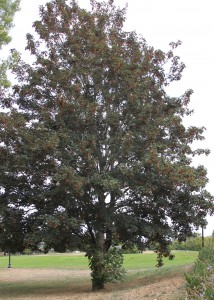

 Native to eastern North America, this maple can become an enormous tree, attaining a height of 120 feet. Its leaves are 5-lobed, pointy, and silvery-colored on the underside, hence the name.
Native to eastern North America, this maple can become an enormous tree, attaining a height of 120 feet. Its leaves are 5-lobed, pointy, and silvery-colored on the underside, hence the name.
View tree page and map.
